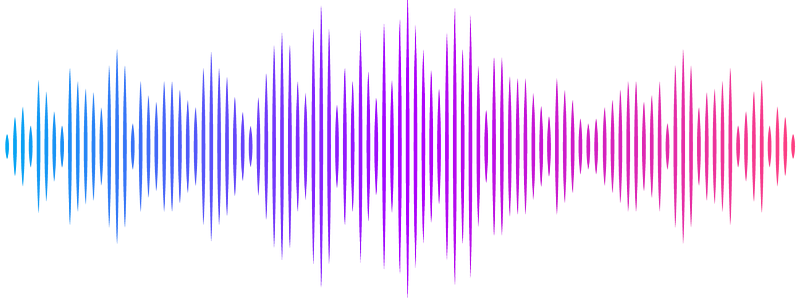Dissecting organoid-bacteria interaction highlights decreased contractile force as a key factor for heart infection

Dissecting organoid-bacteria interaction highlights decreased contractile force as a key factor for heart infection
Wang, A.; wang, j.; zhang, z.; yang, c.; deng, c.; Chen, G.; Li, C.; wang, q.; Dong, L.; Wang, C.
AbstractBacterial endocarditis is a fatal cardiovascular disease exacerbated by weakened heart contraction, yet the direct impact of cardiac contractility on bacterial adhesion remains elusive. Here, we present a novel quantitative physics model integrating finite element analysis and live-cell imaging to uncover their strong correlation. Using this model, we quantified the real-time force magnitude generated by organoid-type cardiac microtissue derived from healthy donors and dilated cardiomyopathy patients - mimicking normal and suppressed heart contractility, respectively - to the approaching bacteria in a real fluidic system. The data revealed that weakened cardiac contractility facilitated bacterial invasion of the myocardium. Verifying this finding in a mouse transverse aortic constriction model demonstrated that increasing heart contraction efficiently mitigated bacterial invasion, with a 25% increase in heart contractility reducing endocarditis risk by 80%. Our findings demonstrate that patient-derived cardiac organoids provide a physiologically relevant platform for studying bacterial infections in vitro, offering high clinical fidelity. This platform establishes a valuable tool for drug screening and the development of novel therapeutic strategies